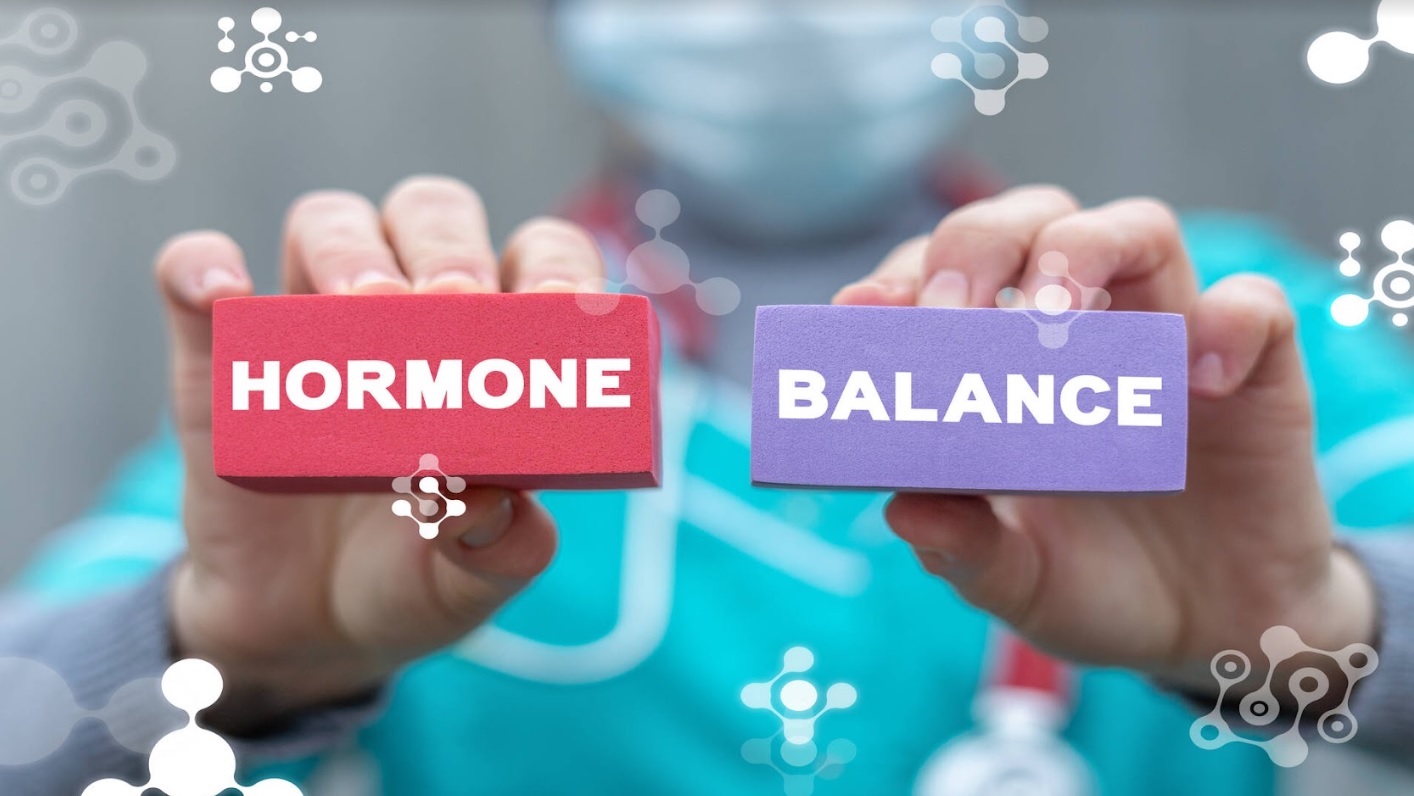Perimenopause is a significant phase in a woman’s life, marked by hormonal shifts that can bring about a multitude of physical and emotional changes. As a board-certified family physician with a focus on holistic healthcare for women, you understand that perimenopausal symptoms can be distressing, impacting daily life and overall well-being. It’s during this transformative time that hormone therapy often emerges as a valuable tool to help women regain control of their health and vitality.
Hormone therapy, as you may know, involves the supplementation of hormones that the body produces less of as menopause approaches. While estrogen often takes the spotlight in discussions about hormone therapy, the choice of progesterone is equally pivotal. This blog aims to shine a spotlight on a particular form of progesterone that holds promise in perimenopausal hormone therapy: oral micronized progesterone.
Choosing the right type of progesterone is a decision not to be taken lightly. The implications for your health and well-being are profound, which is why understanding the options available is essential. In this blog, we’ll take a closer look at oral micronized progesterone, a hormone therapy component that distinguishes itself through its natural composition and unique properties.
What Is Oral Micronized Progesterone?
Defining Oral Micronized Progesterone and Its Natural Composition:
Oral micronized progesterone is a crucial component of hormone therapy, particularly in perimenopausal and menopausal women. What sets it apart is its remarkable natural composition. Unlike synthetic progestins, which are chemically engineered, oral micronized progesterone is a bioidentical hormone. But what exactly does that mean?
This form of progesterone is derived from natural plant sources, often yams or soybeans. These plant-based precursors undergo a sophisticated process of transformation, ultimately yielding a hormone that is structurally identical to the progesterone produced by the human body. In essence, oral micronized progesterone is a “biological twin” of the progesterone your ovaries once produced.
The Natural Origin:
The journey begins with these plant sources, typically yams in most cases. Yams contain a substance called diosgenin, which is extracted and used as a starting material. It’s essential to note that diosgenin itself is not progesterone but serves as the foundation for its creation.
Transformation into a Bioidentical Hormone:
The transformation process is a marvel of science. Diosgenin extracted from yams is converted into progesterone through a series of chemical reactions. These reactions mimic the natural synthesis of progesterone in the human body, resulting in a hormone that mirrors what your ovaries once produced during your reproductive years.
Contrasting with Synthetic Progestins:
Now, let’s contrast oral micronized progesterone with synthetic progestins. Synthetic progestins are structurally different from natural progesterone. They are designed to mimic the effects of progesterone but often have distinct chemical structures. This structural dissimilarity can lead to differences in how the body recognizes and responds to these compounds.
One key consequence of this structural disparity is that synthetic progestins may not perfectly replicate the actions of natural progesterone. This can be particularly relevant when considering the protective effects of progesterone on the uterine lining. Studies have suggested that natural progesterone, like oral micronized progesterone, may offer better protection against endometrial hyperplasia and cancer compared to synthetic progestins.
Understanding these differences is crucial when making informed decisions about hormone therapy. The natural composition of oral micronized progesterone aligns more closely with your body’s own hormones, potentially making it a preferred choice for women seeking hormone balance during perimenopause.

How Oral Micronized Progesterone Differs from Synthetic Progestins
Discussing Key Differences:
When it comes to hormone therapy, the choice between oral micronized progesterone and synthetic progestins is pivotal, and understanding their differences is key to making an informed decision.
1. Structural Differences:
- Oral micronized progesterone possesses a molecular structure that is virtually identical to the progesterone naturally produced by the female body. This natural resemblance allows it to function in harmony with the body’s own hormones.
- In contrast, synthetic progestins are deliberately designed with structural modifications to mimic the effects of progesterone. However, these structural variances can result in differences in how they interact with hormone receptors and metabolic pathways.
2. Biological Compatibility:
- Due to its natural composition, oral micronized progesterone is often better tolerated by the body. Women who use it may experience fewer side effects compared to synthetic progestins.
- Synthetic progestins, with their dissimilar structure, may lead to side effects such as bloating, breast tenderness, and mood swings, as they do not perfectly replicate the actions of natural progesterone.
Highlighting Natural and Identical Structure:
The standout feature of oral micronized progesterone is its natural and identical structure. This means that when you take oral micronized progesterone, you are providing your body with a hormone that is virtually indistinguishable from the progesterone your ovaries once produced during your reproductive years. This natural match between the hormone therapy and your body’s own hormones has several advantages:
1. Natural Hormone Integration
- Oral micronized progesterone can seamlessly integrate into your body’s hormonal cascade. It binds to progesterone receptors just like endogenous progesterone, promoting a harmonious balance between estrogen and progesterone levels.
- This balance is essential in preventing the potential overstimulation of the uterine lining by estrogen, which can lead to conditions like endometrial hyperplasia.
2. Minimized Side Effects:
- Because of its natural composition, oral micronized progesterone is less likely to trigger adverse effects commonly associated with synthetic progestins. Women often report fewer complaints of bloating, breast discomfort, and mood disturbances.
- This can lead to a better quality of life during perimenopause, with symptom relief and fewer disruptions to daily activities.
3. Uterine Protection:
- Oral micronized progesterone’s structural similarity to natural progesterone may translate into better protection for the uterine lining. Studies have indicated that it may reduce the risk of endometrial hyperplasia and cancer when used in hormone therapy.
- Oral micronized progesterone acts as a counterbalance, opposing estrogen’s effects on the endometrium. It helps to maintain a healthy uterine lining and reduces the risk of these conditions.
- This protective effect is particularly crucial for women considering long-term hormone therapy.
Benefits of Oral Micronized Progesterone in Managing Perimenopausal Symptoms
Emotional Symptom Relief:
Perimenopause is often accompanied by a rollercoaster of emotions, leaving many women feeling irritable, anxious, or even depressed. This is where oral micronized progesterone can step in as a valuable ally in your journey.
1. Emotional Stability:
- Oral micronized progesterone plays a crucial role in calming the emotional turbulence that can be a hallmark of perimenopause. It achieves this by promoting a sense of tranquility and reducing mood swings.
- By binding to progesterone receptors in the brain, this bioidentical hormone helps regulate neurotransmitters, leading to a more stable and positive emotional state.
Sleep Benefits:
Quality sleep is a cornerstone of good health, but perimenopause can bring restless nights and insomnia. The benefits of oral micronized progesterone extend to sleep improvement.
2. Improved Sleep Patterns:
- Hormone fluctuations can disrupt sleep patterns, leading to night sweats and frequent awakenings. Oral micronized progesterone can alleviate these symptoms, allowing for more restful and uninterrupted sleep.
- By enhancing sleep quality, it contributes to better overall well-being, improved cognitive function, and enhanced mood during the day.
In summary, oral micronized progesterone offers a multifaceted approach to managing perimenopausal symptoms. Beyond its role in hormonal balance, it provides emotional stability, improves sleep quality, and offers uterine protection. These combined benefits can lead to a better quality of life during the challenging perimenopausal phase, allowing you to navigate it with greater comfort and confidence.
